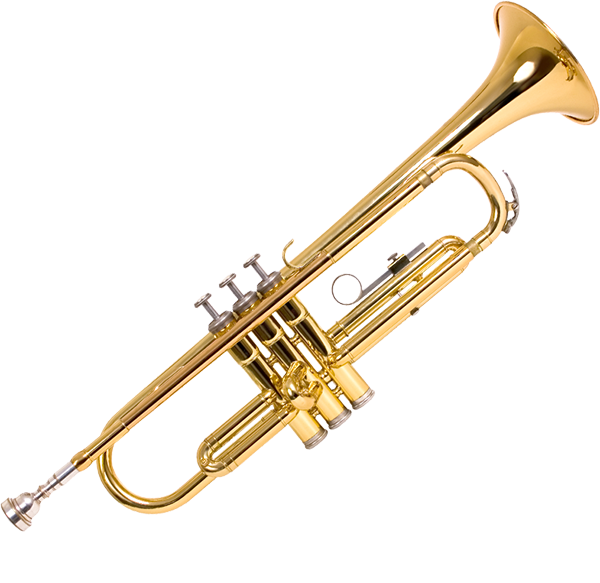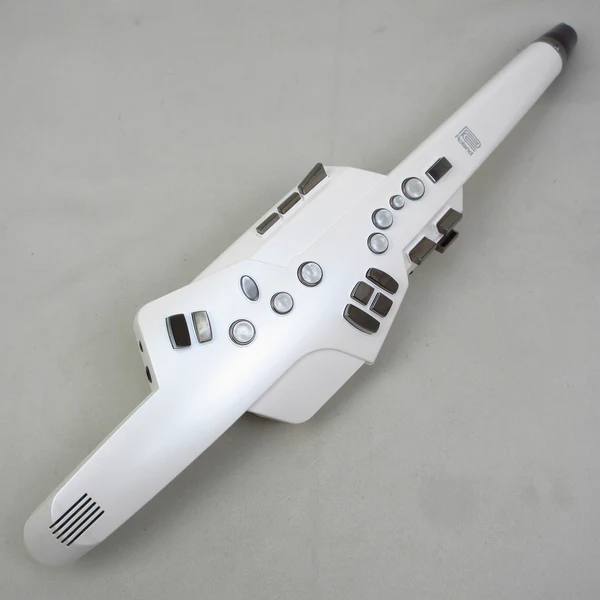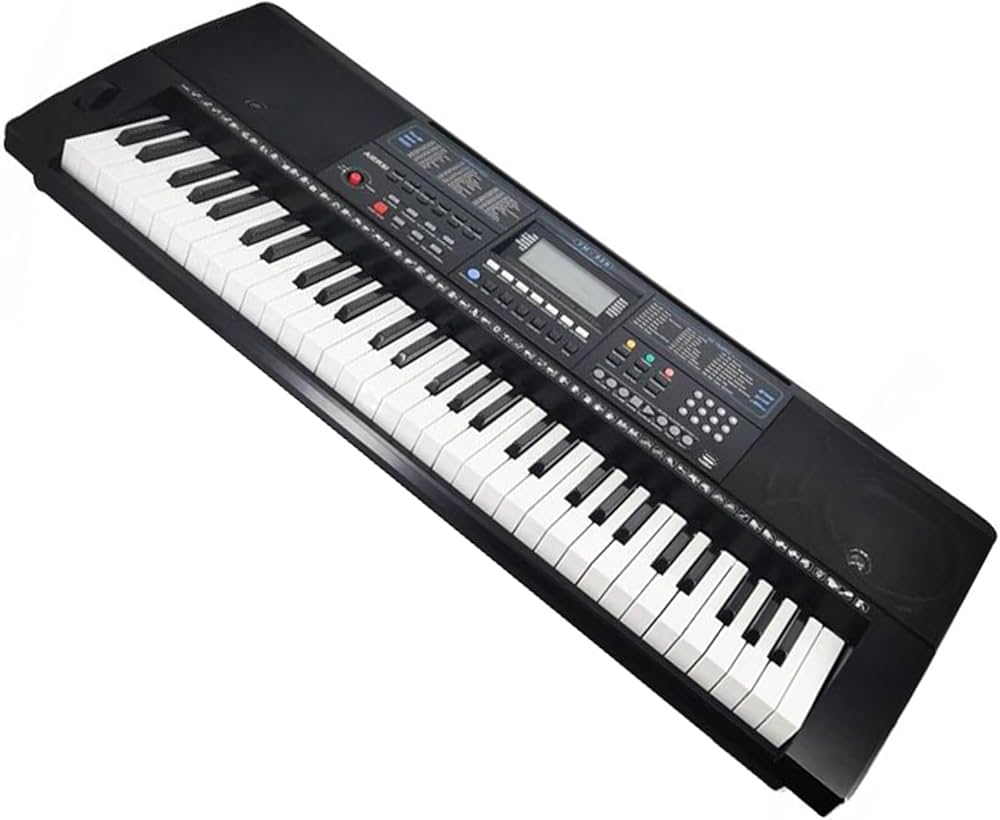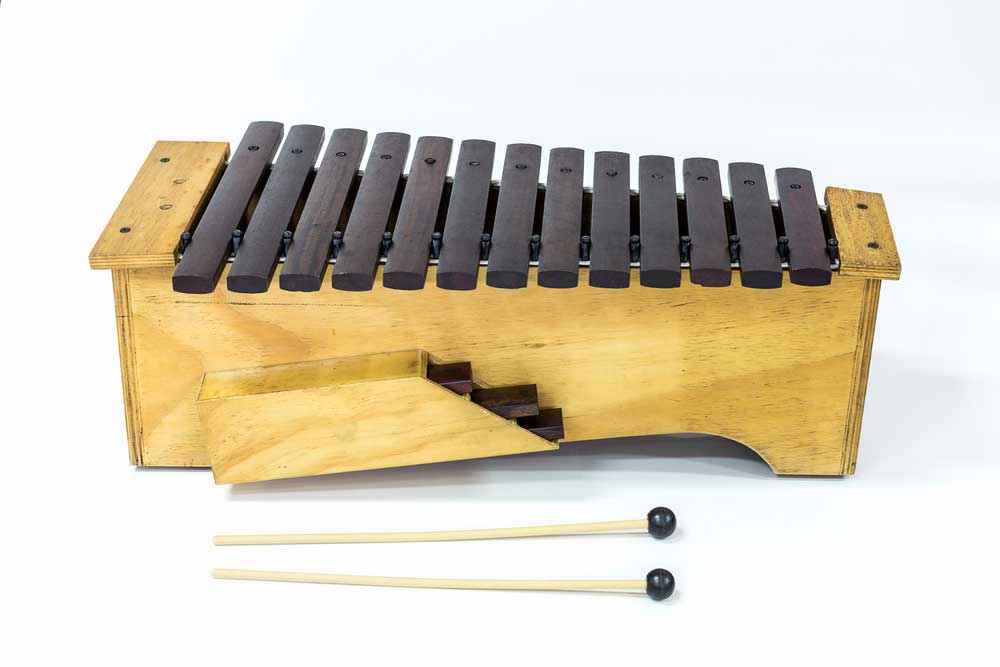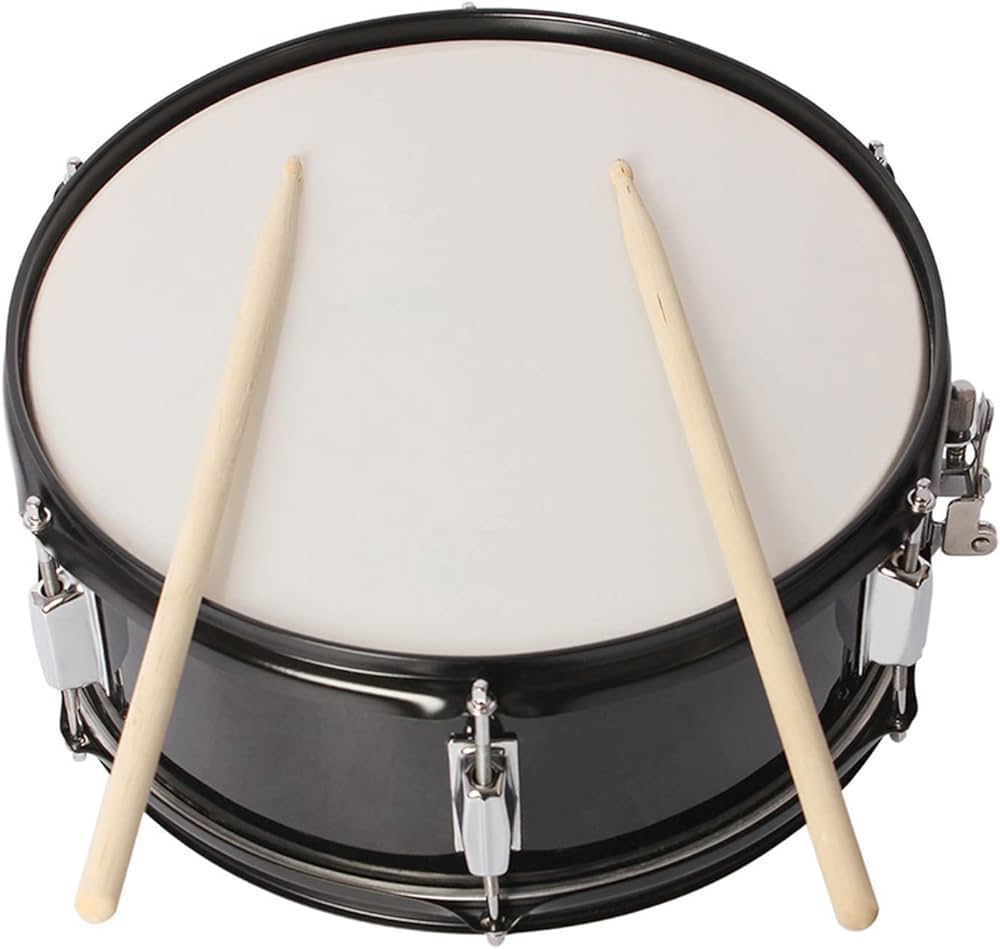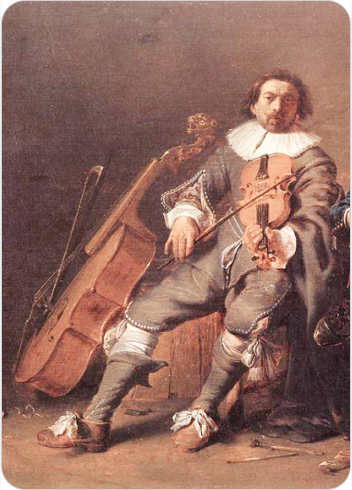Lyre
Plucked Instruments
Europe
Ancient
Video
The lyre is a stringed musical instrument that belongs to the chordophone family, specifically classified as a yoke lute. It is characterized by its distinctive U-shaped frame, which consists of a resonating body connected to two vertical arms (often called horns) that are joined at the top by a crossbar or yoke. The strings of the lyre are stretched between this crossbar and the body, running parallel to the soundboard. Typically, the number of strings varies from three to twelve, though seven or eight strings are most common. These strings were traditionally made from animal gut, which provided a warm and resonant tone when plucked or strummed.
Type of Instrument
The lyre is classified as a chordophone, which means it produces sound primarily through the vibration of strings stretched between two points. More specifically, it is a yoke lute, a subtype of lute instruments where the strings are attached to a yoke formed by two arms and a crossbar lying in the same plane as the sound table. According to the Hornbostel-Sachs system, the lyre is designated as 321.2, indicating it is a composite chordophone sounded with a plectrum or fingers. Unlike aerophones, which produce sound by vibrating air (such as flutes or trumpets), the lyre belongs to the string family where sound is generated by the mechanical vibration of strings. The instrument is traditionally plucked, though some rare lyres have been bowed. The playing technique typically involves strumming or plucking the strings with a plectrum held in one hand, while the other hand dampens or silences unwanted strings to create melodic or harmonic effects.
History of the Lyre
The lyre is one of the oldest known stringed instruments, with origins tracing back over 4,500 years to the ancient civilizations of the Middle East, particularly Mesopotamia (modern-day Iraq and surrounding regions) during the Bronze Age, around 2700 BCE. Archaeological discoveries at sites such as Ur and Uruk have revealed some of the earliest lyres, including giant lyres that were large enough to require two players. These early instruments had flat bases and were constructed from wood and animal materials. From Mesopotamia, the lyre spread across the Fertile Crescent, including Egypt, Syria, Anatolia (modern Turkey), and the Levant. The eastern lyres of this region are distinguished by their flat bases and were widely used in religious and courtly contexts. In Egypt, lyres reached a peak of popularity during the reign of Pharaoh Akhenaten (circa 1353–1336 BCE), with some lyres featuring tortoise shell soundboxes and elaborate decoration.
Around 1750 BCE, the round-based lyre, also called the Western lyre, emerged in northern Syria and southern Anatolia but eventually disappeared from the East. This type reappeared in ancient Greece between 1700 and 1400 BCE, where it became deeply embedded in cultural and religious life. The lyre was central to Greek music, accompanying lyric poetry, hymns, and education. Greek mythology credits the invention of the lyre to Hermes, who crafted it from a tortoise shell and gifted it to Apollo, the god of music. The lyre’s influence extended into the Roman Empire and later into medieval Europe, where it evolved into variants such as the Germanic lyre or rotte. These instruments were used by various Germanic tribes from pre-Christian times through the Middle Ages. Meanwhile, in Africa, lyres related to the ancient forms have persisted, particularly in regions like Somalia and North Africa, where instruments like the shareero and kissar remain in use.
Thus, the lyre’s history spans continents—primarily Asia, Africa, and Europe—and millennia, from the Bronze Age through classical antiquity and into modern times, reflecting its enduring cultural and musical significance.
Construction and Physical Structure
The lyre’s construction is defined by its distinctive U-shaped frame, composed of a resonating body (soundbox), two arms or horns, and a crossbar or yoke connecting the arms at the top. The soundbox serves as the primary resonator, amplifying the vibrations of the strings. In ancient Greek tradition, this soundbox was often made from a turtle shell covered with animal hide, while Mesopotamian lyres typically used wooden bodies. The shape of the soundbox varies, with some lyres featuring flat bases and others rounded or trapezoidal forms. The two arms extend upward from the body and are sometimes hollow to reduce weight. These arms curve outward and forward, providing structural support for the crossbar. The crossbar holds the tuning pegs or string attachments, allowing the player to adjust string tension. The strings stretch from the crossbar down to the bridge on the soundbox or to a tailpiece below it. Strings were traditionally made from animal gut, which offered flexibility and a rich tonal quality. The number of strings varied depending on the type and period, commonly ranging from three to twelve strings. The strings were tuned by tightening or loosening them using wooden, bone, or bronze pegs inserted into the crossbar. Some lyres also allowed tuning by changing the placement of strings along the crossbar.
The bridge, fixed to the soundbox, transmits string vibrations to the resonator. Unlike modern string instruments, lyres do not have fingerboards, and pitch alteration is achieved by plucking different strings rather than pressing strings against a surface. Lyres were often decorated with carvings, inlays, or precious metals, reflecting their cultural importance. Some large lyres, known as giant lyres, could be taller than the player and required two musicians to perform. Smaller lyres were portable and sometimes equipped with carrying straps. In playing technique, the right hand holds a plectrum to pluck the upper strings, while the left hand silences unwanted strings, allowing for melodic and harmonic control.
Types of Lyres
Throughout history, various types of lyres have emerged, each with unique features suited to different musical and cultural contexts:
Eastern Lyres (Flat-based Lyres): Originating in Mesopotamia and the Fertile Crescent, these lyres have a flat base and were common in ancient Egypt, Syria, and Anatolia. They include giant lyres, which were large instruments played by one or two musicians.
Western Lyres (Round-based Lyres): These lyres have a rounded base and appeared in northern Syria and southern Anatolia but disappeared in the East by 1750 BCE. They re-emerged in ancient Greece, where they were central to musical life. Subtypes include the phorminx and kithara, with the latter being a larger, more complex lyre used in formal performances.
Barbitos: A bass lyre from ancient Greece, known for its deeper, resonant sound.
Kithara: A professional version of the lyre used in ancient Greece for formal occasions and ceremonies, larger and more complex than the standard lyre.
Chelys: A small lyre with a tortoise shell soundbox, popular in ancient Greece.
Lyre da braccio: A Renaissance-era type resembling a viola, played with a bow.
Lyre da gamba (Lirone): Used primarily as an accompaniment instrument for voices during the Renaissance.
Organized Lyre (Hurdy-Gurdy): A Baroque period instrument combining a lyre-like structure with a small organ.
Galduka: A Bulgarian lyre related to the Calabrian lyre, used in dance music.
Calabrian Lyre: Traditional to Calabria, Italy, often accompanied by tambourines or whistles.
Kissar: A North African lyre with five strings and a circular body made of tortoise shell or wood.
Each type reflects adaptations in size, string number, playing technique, and cultural role, illustrating the lyre’s versatility and evolution across time and geography.
Characteristics of the Lyre
The lyre is distinguished by several defining characteristics that contribute to its unique sound and cultural role. Its U-shaped frame with two arms and a crossbar creates a yoke lute design, setting it apart from other stringed instruments. The strings, traditionally made of animal gut, produce a warm, resonant tone when plucked or strummed. The instrument’s lack of a fingerboard means that pitch is controlled by choosing which strings to play rather than pressing strings against a surface. This results in a melodic style that emphasizes the interplay of open strings, often accompanied by rhythmic strumming or plucking patterns. Tuning is achieved by adjusting the tension of the strings via pegs or by repositioning strings on the crossbar, allowing for a range of pitches and modes suited to various musical traditions. The number of strings varies, with seven or eight being common, but more or fewer strings are found in different types. The lyre’s sound is both bright and mellow, capable of accompanying poetry, hymns, and songs. It was historically associated with education, religious rituals, and entertainment. Its portability and relatively simple construction made it accessible to a wide range of musicians, from professional performers to amateurs. In terms of cultural symbolism, the lyre is often linked to divine inspiration, particularly in Greek mythology where it is associated with Apollo and Hermes. It embodies the connection between music, poetry, and spirituality.
Playing Techniques and Sound Modifications
The lyre is played through a combination of plucking and strumming, typically using the fingers or a plectrum. One common beginner technique involves starting with the lowest string and playing in a 1, 3, 2, 3 finger pattern, where the thumb, index, and middle fingers are used to create flowing melodic lines. This pattern is repeated up and down the range of the instrument, helping players develop coordination and familiarity with the string layout. Another essential exercise involves playing up and down the strings in a 1, 3, 5 pattern, which is particularly useful for practicing chords and arpeggios. Mastery of these patterns enables players to perform melodies, harmonies, and even complex polyphonic textures. Sound modification on the lyre is achieved through several means. The material and tension of the strings, which historically ranged from sheep gut to modern synthetic alternatives, greatly affect the timbre. Players can vary the attack by plucking closer to the bridge for a brighter sound or nearer the center for a mellower tone.
The use of a plectrum produces a sharper, more percussive sound compared to finger plucking, which creates a softer and more intimate effect. Additionally, damping techniques—where a player lightly touches a string after plucking—can mute the resonance, producing staccato notes and adding rhythmic variety. Tuning also plays a significant role in sound modification. Lyres can be tuned to different modes or scales, allowing musicians to explore various tonal landscapes. The process involves using a tuning wrench to adjust the pegs, starting from the lowest string and moving upward, ensuring each string is in harmony with the desired scale. Fine-tuning is essential, as the instrument’s strings may slip during adjustments, requiring repeated checks for optimal sound quality.
Famous Compositions
While much of the lyre’s ancient repertoire has been lost to time, its presence in classical literature and poetry is well documented. In ancient Greece, the lyre was central to the performance of epic poetry, such as Homer’s “Iliad” and “Odyssey.” These works were often recited with lyre accompaniment, with the instrument providing a melodic and rhythmic framework that enhanced the oral transmission of these stories. In modern times, contemporary composers and musicians have revived the lyre, creating new works that draw inspiration from its ancient legacy. Michael Levy, a prolific composer and performer, has produced numerous albums featuring original compositions and reconstructions of ancient music for the lyre. His works, such as “The Ancient Lyre” and “Apollo’s Lyre,” are celebrated for their authenticity and creativity, bridging the gap between antiquity and the present. Additionally, the lyre has inspired countless poets and writers, who reference its sound and symbolism in their works. The instrument’s association with divine inspiration and artistic excellence is a recurring theme in poetry, as seen in the verses of classical and modern poets alike.
Most Influential Players
Throughout history, the lyre has been played by legendary figures, both real and mythical. In Greek mythology, Orpheus is perhaps the most famous lyre player, renowned for his ability to charm all living things with his music. His mastery of the lyre became a symbol of the power of art and music to transcend the ordinary and touch the divine. In more recent times, several musicians have become prominent advocates for the lyre’s revival. Michael Levy stands out as a leading figure, known for his dedication to reconstructing ancient music and introducing the lyre to new audiences. His innovative approach combines historical research with creative performance, making him a central figure in the modern lyre community.
Other notable contemporary lyre artists include Stef Conner, who infuses ancient texts with new musical energy, and Lina Palera, who explores the instrument’s expressive possibilities. In the realm of traditional music, Kostas Mountakis from Crete is celebrated for his contributions to the Greek lyra, a close relative of the lyre, and his influence on the preservation of regional musical traditions.
Historical Performances or Concerts
The lyre’s role in historical performances is deeply intertwined with the cultural life of ancient Greece. It was a staple at symposia—gatherings where philosophers, poets, and musicians engaged in intellectual and artistic exchange. During these events, the lyre provided accompaniment for poetry recitations, songs, and dances, creating an atmosphere of refinement and celebration. In Greek theatre, the lyre was used to set the mood for dramatic performances, offering musical interludes and enhancing the emotional impact of the plays. The instrument’s presence in religious ceremonies and festivals further underscores its significance, as it was often played during rituals dedicated to Apollo, the god of music and poetry. In the modern era, the lyre has been featured in concerts and recordings that aim to recreate the soundscape of antiquity. Musicians like Michael Levy and Stef Conner have performed at historical sites, museums, and academic conferences, bringing the ancient instrument to contemporary audiences. These performances not only showcase the lyre’s unique sound but also highlight its enduring cultural relevance.
Maintenance and Care
Proper maintenance is essential for preserving the lyre’s sound quality and longevity. As an acoustic instrument made primarily from wood, the lyre is highly sensitive to changes in humidity and temperature. Exposure to excessive dryness can cause the wood to shrink and crack, while excessive moisture can lead to swelling, detuning, and warping of the soundboard and strings. To maintain optimal conditions, it is advisable to store the lyre in a cool, dry place away from direct sunlight, heat sources, and rapid temperature changes. Using a soft, dry cloth to gently remove dust and fingerprints helps protect the instrument’s finish. Harsh chemicals and water should be avoided, as they can damage the wood and the strings. For stubborn spots, a slightly damp microfiber cloth may be used, but it should not be wet enough to allow moisture to seep into the wood.
Regular tuning is also crucial for the lyre’s performance. This involves using a tuning wrench and an electronic tuner or tuning app to adjust each string to the desired pitch. After tuning, it is recommended to play some chords or scales and listen for any strings that may need further adjustment. Repeating this process ensures that the lyre remains in tune and ready for performance. When not in use, the lyre should be stored in a protective case or cover to shield it from dust and accidental damage. Periodic checks for signs of wear, such as fraying strings or loose pegs, can help prevent more serious issues and ensure the instrument’s longevity.
Interesting Facts and Cultural Significance
The lyre holds a special place in the history of music and culture. Its origins date back thousands of years, with evidence of lyre-like instruments found in ancient Mesopotamia, Egypt, and Greece. In Greek mythology, the lyre was invented by Hermes, who crafted it from a tortoiseshell and gifted it to Apollo. This myth underscores the instrument’s association with divine inspiration and artistic mastery. The lyre was more than just a musical instrument; it was a symbol of education, refinement, and social status. In ancient Greece, learning to play the lyre was considered an essential part of a well-rounded education, especially for young men of the upper classes. The instrument’s gentle, melodic sound was believed to cultivate virtue and harmony in the soul. Throughout history, the lyre has been depicted in art, literature, and poetry as an emblem of beauty and transcendence. Its image adorns ancient pottery, sculptures, and coins, reflecting its importance in daily life and religious rituals. The lyre’s enduring appeal is evident in its continued use in modern music, where it serves as a bridge between past and present.
One intriguing fact is the lyre’s role in the oral tradition of storytelling. Before the widespread use of writing, bards and poets used the lyre to accompany their recitations, helping to memorize and transmit epic tales across generations. This practice contributed to the preservation of cultural heritage and the development of literary forms. The lyre’s influence extends beyond music to the realms of philosophy and science. Ancient Greek thinkers, such as Pythagoras, explored the mathematical relationships between the lyre’s strings, laying the groundwork for the study of acoustics and harmony. The instrument thus played a role in shaping both artistic and scientific understanding.
In contemporary culture, the lyre has experienced a revival, with musicians and enthusiasts exploring its unique sound and historical significance. Workshops, festivals, and online communities have emerged, fostering a renewed appreciation for this ancient instrument. The lyre’s gentle, meditative tones continue to inspire creativity and connect people to the rich tapestry of human history.
Cultural Legacy and Modern Relevance
The lyre’s cultural legacy is profound, resonating through centuries as a symbol of artistic achievement and spiritual expression. Its presence in mythology, education, and public life reflects its integral role in shaping the cultural identity of ancient civilizations. Today, the lyre serves as a reminder of the enduring power of music to unite, inspire, and elevate the human spirit. Modern musicians have embraced the lyre not only as a historical curiosity but as a living instrument capable of new artistic expression. Through recordings, performances, and educational initiatives, the lyre continues to captivate audiences and spark interest in the musical traditions of the past. Its gentle sound, rich history, and symbolic meaning ensure that the lyre remains a cherished and relevant part of the world’s musical heritage.
FAQ
What is the history of the lyre musical instrument?
The lyre dates back to ancient Mesopotamia and Greece around 1400 BCE. It was widely used in ceremonial and educational contexts. Early versions were made of tortoise shells and animal gut strings. It symbolized harmony and divine inspiration in ancient cultures.
What materials are used in constructing a lyre?
Traditional lyres are constructed from wood like yew, maple, or spruce. Strings are often made from gut, nylon, or metal. The resonator box is hollowed for sound amplification. Decorative elements can include bone, horn, or carved motifs.
What are the main uses or applications of the lyre?
The lyre is used in historical reenactments, folk and classical performances, and educational settings. It also appears in therapy and meditative music due to its soothing tones. In ancient times, it was used to accompany poetry and hymns. Today, it is valued for both performance and cultural preservation.
 Links
Links
References
Other Instrument
Categories

